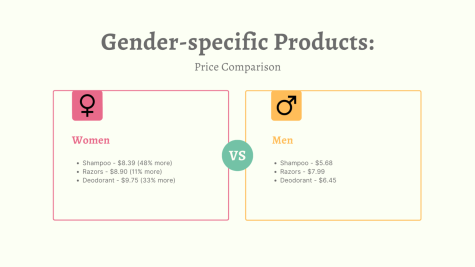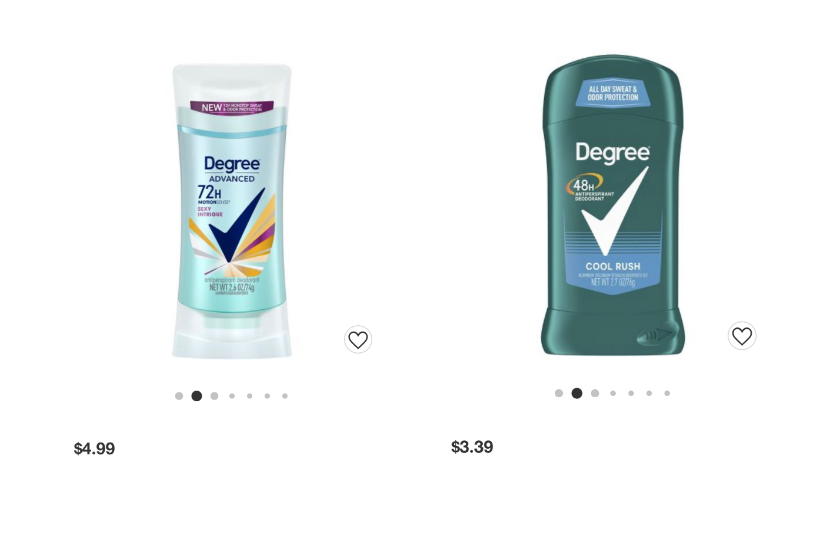What is the ‘pink tax’?
What is the “Pink Tax” and how does it affect women?
Photo via Rawpixel under creative commons license
What is “pink tax” and how does it affect women and their buying power?
Women everywhere are paying more than men for basic hygiene products called the “pink tax.”
This so-called tax has been around in the U.S. since the 1990s. Women are simply paying more for these products, but there is no real reason for this. The same exact products are being advertised to men and women, yet somehow women end up paying more.
The conflict of unequal pay between gender has raged for years, but it is less well-known that women are disadvantaged as consumers as well. Companies target women due to the idea that women shop more and spend more money, therefore they are already prepared to spend more on these items.
The “pink tax” is not a sales tax; it is just discriminatory pricing based on gender.
The World Economic Forum reports a study done in the United States that examined 800 different gender-specific hygiene products and found that women pay 13% more on average for personal hygiene products. They also found that it was present with items other than hygiene products such as clothes. This study concluded that women in the United States end up paying thousands more every year because of this “tax.” On average, women in the United States will pay $1,351 more than men in the span of just one year.
Here are some of the products included:
The tax is still legal in most states because there aren’t any federal laws that ban it. As of now, there are only two states that have a ban on the “pink tax”: California and New York. New York’s ban went into effect in late 2020, and California’s ban just recently went into effect on January 1st of this year. Forbes magazine reported that women in California women pay, on average, $2,381 more every year for the exact same goods and services as men. That is an estimated $47 billion dollars that women living in California will save with the ban in place.
There is no current ban on the “tax” in the remaining 48 states. An easy way to avoid gender-based pricing is by shopping for products that are advertised as gender-neutral products. Refrain from purchasing items that are pink or are specifically listed as a product for women or “for her.”

Grade: Senior
Hobbies: Traveling, jet skiing, and listening to music
Favorite Drink: Tropical Red Bull
Best Restaurant: Punch Pizza
Favorite...















